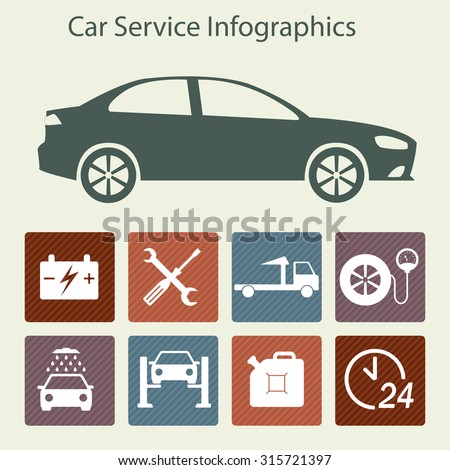Open Up The Hood To Uncover Common Brake System Problems And Their Solutions, However What Concerning Squishy Brake Pedals? Figure Out The Solution In Advance! Learn More Below
Open Up The Hood To Uncover Common Brake System Problems And Their Solutions, However What Concerning Squishy Brake Pedals? Figure Out The Solution In Advance! Learn More Below
Blog Article
Article Writer-Overby Birch
When it involves your vehicle's brake system, recognizing usual problems can conserve you from potential safety and security risks. From determining brake pad wear to attending to brake liquid leakages, recognizing just how to tackle these problems is important. But what about those squishy brake pedals? There's a repair for that also. Remain tuned to find out more about these issues and the practical solutions that can maintain you securely when driving.
Brake Pad Put On and Substitute
When it involves preserving your vehicle's brake system, one vital element to keep an eye on is the wear and substitute of brake pads. Brake pads are essential elements that push versus the brake blades to reduce or quit your lorry. With time, these pads wear down because of friction, requiring regular evaluation and substitute to guarantee your brakes operate successfully.
To establish if your brake pads need substitute, listen for shrilling or grinding sounds when you apply the brakes. Additionally, if your automobile takes longer to quit or you see vibrations or pulsations when braking, it might be time to replace the brake pads.
Overlooking https://www.moneytalksnews.com/slideshows/7-cheap-and-simple-water-toys/ can bring about reduced braking efficiency, damages to other brake elements, and even brake failure.
Replacing brake pads is a reasonably simple process for numerous lorries. Nevertheless, if you're not sure or awkward doing this task, it's finest to get in touch with an expert technician to make certain proper installment and optimum brake efficiency.
Frequently checking and replacing brake pads is crucial for your safety and security and the long life of your lorry's stopping system.
Brake Liquid Leaks and Maintenance
To guarantee your car's brake system functions optimally, it's important to likewise pay attention to brake liquid leaks and maintenance. Brake liquid is critical for transferring the force from your foot on the brake pedal to the actual braking mechanism. One common problem with brake fluid is leakages, which can take place because of tatty brake lines, seals, or connections. If you observe a pool or leaks under your vehicle, it's important to resolve the leakage immediately to stop a prospective brake failing.
Regularly checking your brake fluid level is crucial to maintaining your brake system. Low brake fluid can result in air entering the brake lines, which compromises stopping efficiency.
Additionally, old or contaminated brake fluid can affect the total efficiency of your brakes. It's recommended to adhere to the manufacturer's standards on when to change the brake fluid, normally every 2 years.
Spongy Brake Pedal: Bleeding Brakes
If you have actually ever before experienced a squishy brake pedal while driving, you understand the significance of preserving a company and receptive braking system. click this link of a squishy brake pedal is air caught in the brake lines. When air enters the brake system, it can bring about a loss of hydraulic stress, causing that upsetting squishy feeling when you press the brake pedal.
To solve this concern, hemorrhaging the brakes is necessary. Hemorrhaging https://instant-oil-change06283.dreamyblogs.com/30297420/produce-a-solid-collaboration-with-your-auto-mechanic-by-following-specialized-guidance-on-how-to-develop-an-enduring-partnership entails eliminating the air from the brake lines to restore proper hydraulic pressure.
To hemorrhage the brakes, you'll require a helper to help you. Start by locating the brake bleeder valve on each wheel, normally located near the brake caliper. With a wrench, loosen the valve and have your assistant press the brake pedal while you observe any air bubbles coming out. Repeat this procedure for each wheel, starting from the wheel farthest from the master cyndrical tube and relocating more detailed.
Once you no longer see air bubbles and only clear liquid emerges, tighten up the shutoff and top up the brake fluid storage tank as needed. Bleeding the brakes helps guarantee a firm brake pedal and boosts overall stopping performance.
Conclusion
Now that you recognize usual brake issues and just how to repair them, you can ensure your car's safety and security and efficiency. Bear in mind to listen for warning signs like shrieking sounds or mushy brake pedals, and address them quickly. Normal maintenance and timely replacements are vital to maintaining your brakes in top problem. Remain aggressive and conscientious to your brake system to take pleasure in secure and reliable driving experiences.
